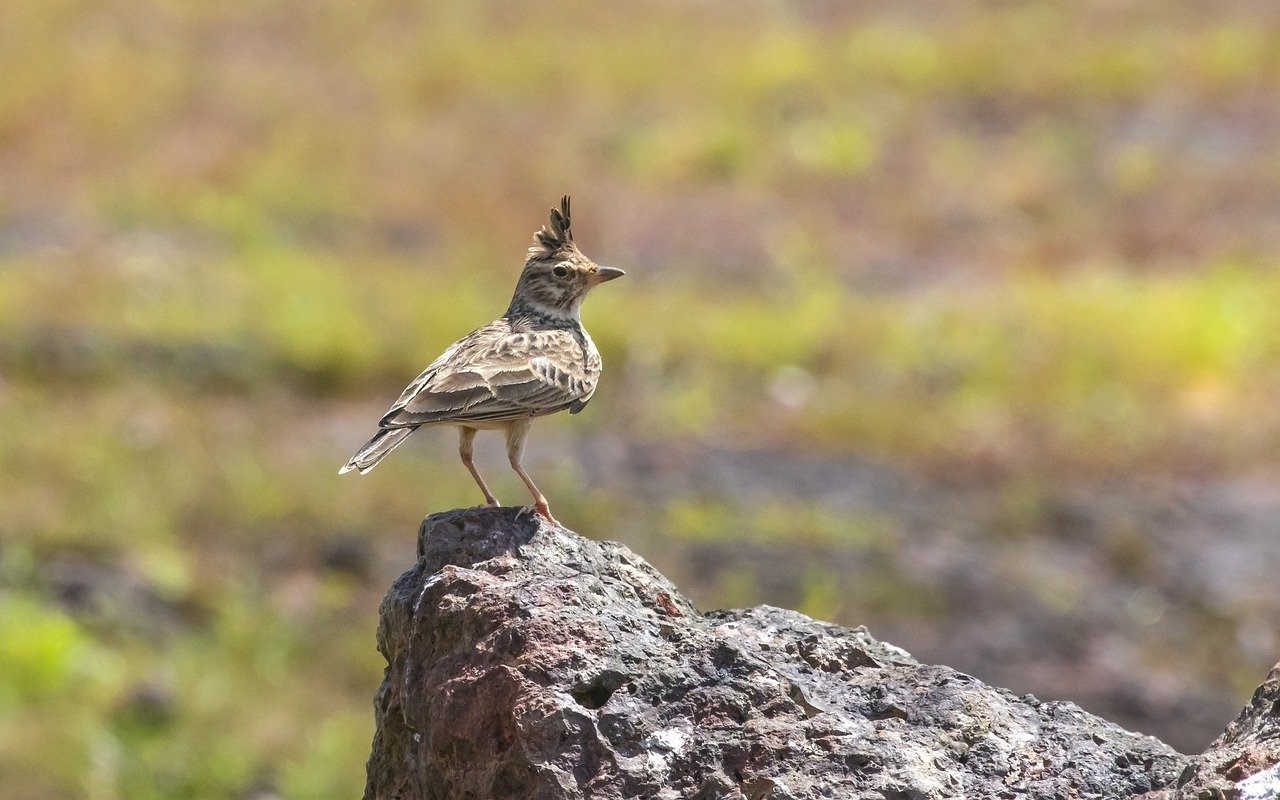Hur påverkas fågelfaunan av upphörd betesdrift – data från en 26 år lång inventeringsstudie
DOI:
https://doi.org/10.34080/os.v23.22570Nyckelord:
lantbruk, populationsstudier, habitatförändringar, naturvård, gräsmarksarterAbstract
The breeding bird fauna of a 1.6 km2 large grassland area in southwestern Sweden was monitored in 1987–2012, using the point count method. The area was grazed by approximately 500 cattle until 2006, and the grass height was then at most 10–15 cm except for higher tussocks. From 2007 onwards, when the grazing had ceased, the grass increased in height to 20–30 cm and became much thicker. The average number of bird species per year was 44.7 over the 26 year survey period. Numbers of some farmland birds such as Lapwing Vanellus vanellus, Skylark Alauda arvensis, Starling Sturnus vulgaris, and Linnet Carduelis cannabina decreased in the study area, following the general pattern in the whole of Sweden. Meadow Pipit Anthus pratensis, Corn Crake Crex crex, Whinchat Saxicola rubetra and Grasshopper Warbler Locustella naevia increased in the area, but decreased in Sweden in general over the same period. The local changes in bird numbers in the study area seem mainly to be caused by an increased grass height and thickness as a consequence of ceased cattle grazing.
Nedladdningar

Downloads
Publicerad
Referera så här
Nummer
Sektion
Licens
Författaren/författarna innehar copyright för varje enskilt bidrag, men samtliga bidrag är publicerade under en Creative Commons-licens, så att vem som helst kan dela och återanvända bidraget förutsatt att copyright-innehavaren erkänns.







